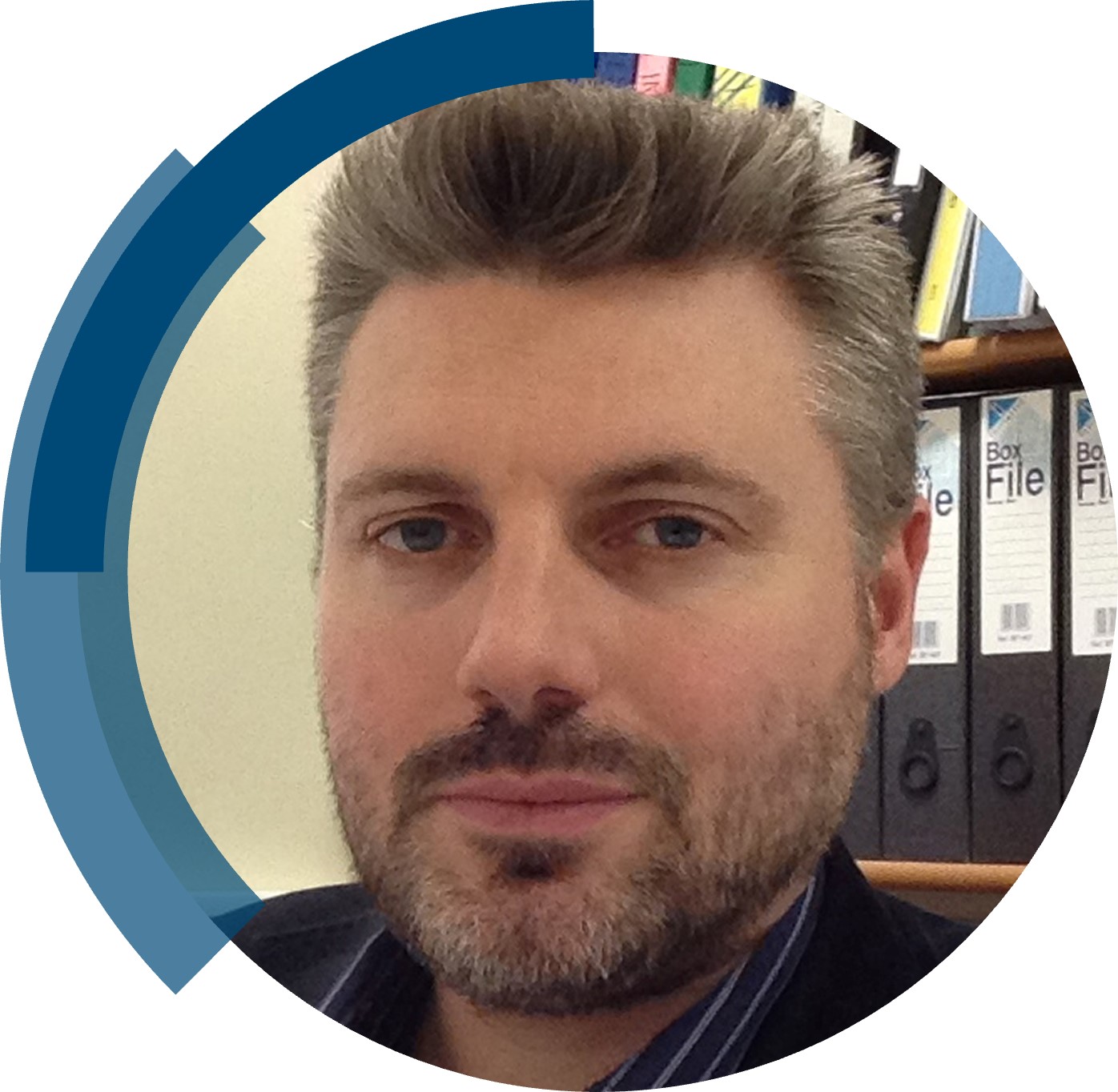ChemComm is publishing its 60th volume in 2024. Over the past 60 years, ChemComm has been the RSC’s most cited journal, and one of the most trusted venues for rapid publication of short communications. In our anniversary year, we recognise the important contributions ChemComm has made, and continues to make, in advancing the chemical sciences.
As part of our anniversary celebrations, we’ve brought together a collection featuring the latest research from some of our most loyal and dedicated authors. From those marking the beginning of their independent academic career by publishing their first article with us, to the rising stars and established leaders publishing in our yearly ‘Emerging Investigators’ and ‘Pioneering Investigators’ collections, this collection champions the contributions of our worldwide author community. We are proud many authors choose to support our journal by regularly publishing their best work with us. This collection also features papers from our ChemComm Emerging Investigator Lectureship winners, and our Outstanding Reviewer awardees, whose invaluable feedback has shaped our published content through the years.
To accompany the collection, we’ll be publishing interviews with contributing authors where they provide further insight into their research and reflect on their journey with ChemComm.
Check out our interview with Steve Liddle (University of Manchester, UK) below!
 |
Steve Liddle is Professor and Head of Inorganic Chemistry and co-Director of the Centre for Radiochemistry Research at The University of Manchester. He obtained his BSc (Hons) in 1997 and PhD (Prof. W. Clegg) in 2000 from Newcastle University. After postdoctoral fellowships at Edinburgh University (Dr P. Bailey), Newcastle University (Dr K. Izod) as the Wilfred Hall Research Fellow, and Nottingham University (Prof. P. Arnold) he was appointed to a fixed-term Lectureship at Nottingham University in 2007. He subsequently took up a Royal Society University Research Fellowship (2007-2015) with a proleptic Lectureship, and he was promoted to Associate Professor and Reader in 2010 and Professor of Inorganic Chemistry in 2013. He moved to The University of Manchester in 2015. He was elected a Fellow of the Royal Society of Chemistry in 2011, Vice President to the Executive Committee of the European Rare Earth and Actinide Society (ERES, 2012-now), ERES President-Elect (2024), and Fellow of the Royal Society of Edinburgh in 2022. |
How have you seen ChemComm evolve over the years, and what aspects do you find most noteworthy?
Over my scientific career publishing has become much more involved. My first ChemComm was published in 1998 and was two pages with no SI, in contrast the latest paper here in 2024 is four pages with a thirty two page SI. However, it is notable that ChemComm has accommodated that increased complexity and, if anything, still sped up the publication process, and it has never compromised its standards to do that. Impact factors rise and fall, but when you publish in ChemComm you know that you’re publishing in a reputed international society journal that is synonymous with quality.
How would you describe the peer review process and interaction with the editorial team at ChemComm?
It was excellent. This article was reviewed, accepted, and published online in just sixteen days. All stages of the editorial process were seamless and professional, as you’d expect.
Are there ways in which the journal can further support and engage with future generations of scientists?
I think the Emerging Investigators Collection is a really good way for new generations to make their mark. The ChemComm Milestones – First Independent Articles initiative is also really nice as it certainly is a milestone to start publishing independently. I’ve always appreciated the Feature Article format, and I’d encourage any up-and-coming researcher to consider writing one as they represent an excellent opportunity to highlight yourself and what you’re researching and why.
Could you provide a brief summary of your recent ChemComm publication?
As part of our work examining the chemistry of terminal uranium nitrides, which started twelve years ago, we were interested in ascertaining whether we could get our nitrides to coordinate to transition metals, in this instance metallocenes. As is often the case with uranium, we found a varied and mostly unexpected set of results. Some metallocenes didn’t play ball, but cobaltocene gave an unexpected imido product which can be rationalised as reduction of the nitride and the nitride then attacking the resulting cobaltocenium cation. In contrast, when decamethylcobaltocene was used things get more complex and the nitride is converted into an amide. When we examined vanadocene the nitride binds directly to the vanadium. Overall, the work shows the complexity of making heterobimetallic nitride derivatives, reveals one and two electron redox reactions, confirms the presence of nucleophilic nitrides, and demonstrates partial N-atom transfer.
In your opinion, what are the next steps or potential areas of research that could build upon the findings in this paper?
There is a varied set of results in our communication, but we learnt a lot from this work and it sets the scene for further investigations to form new heterobimetallic UNM linkages where M is a transition metal, main group, lanthanide, or actinide ion. We speculate, but this could generate interesting new electronic structures, magnetism, or cooperative reactivity. Time will tell!
Be sure to read Steve’s article, “Reactivity of a triamidoamine terminal uranium(vi)-nitride with 3d-transition metal metallocenes” to learn more!











